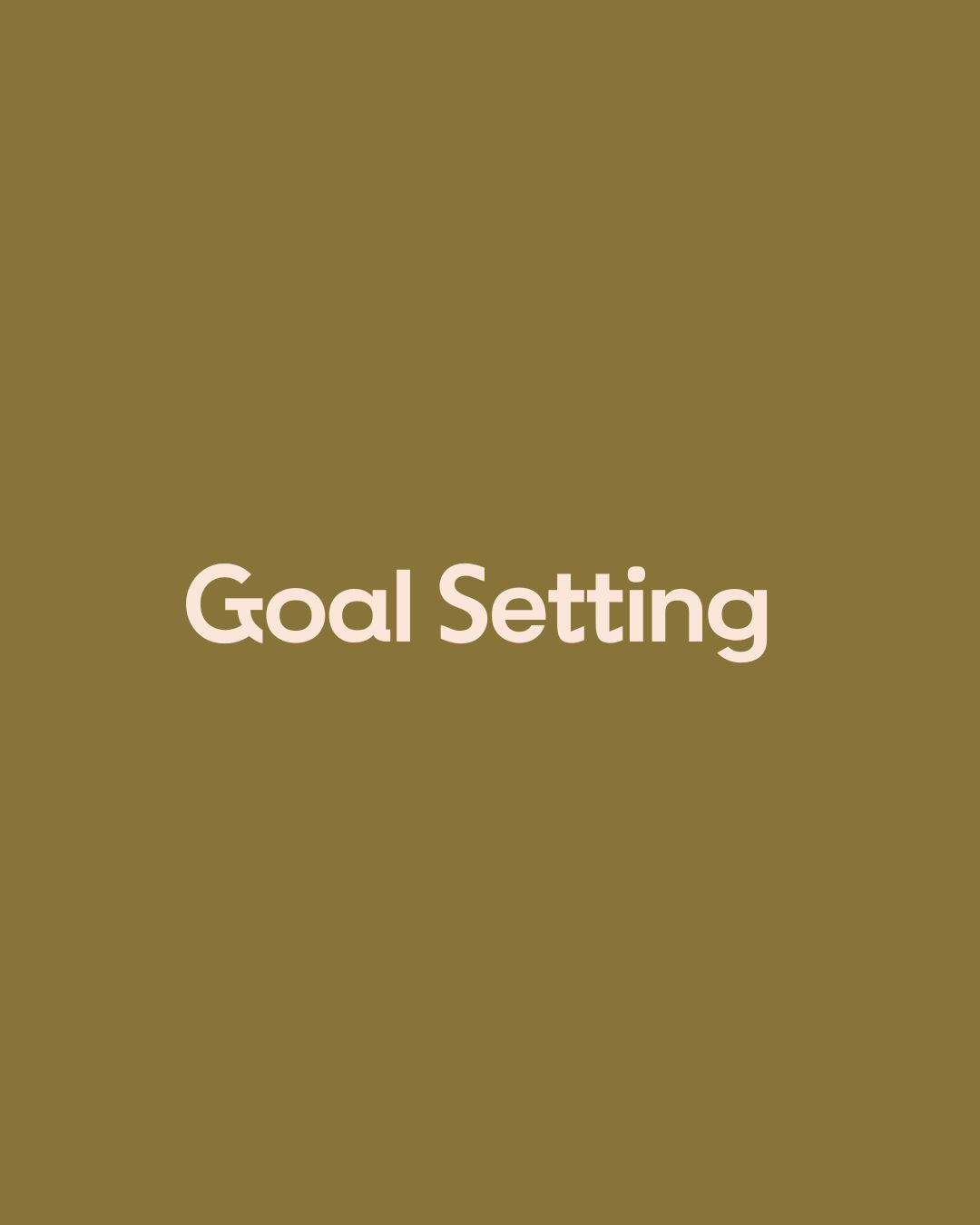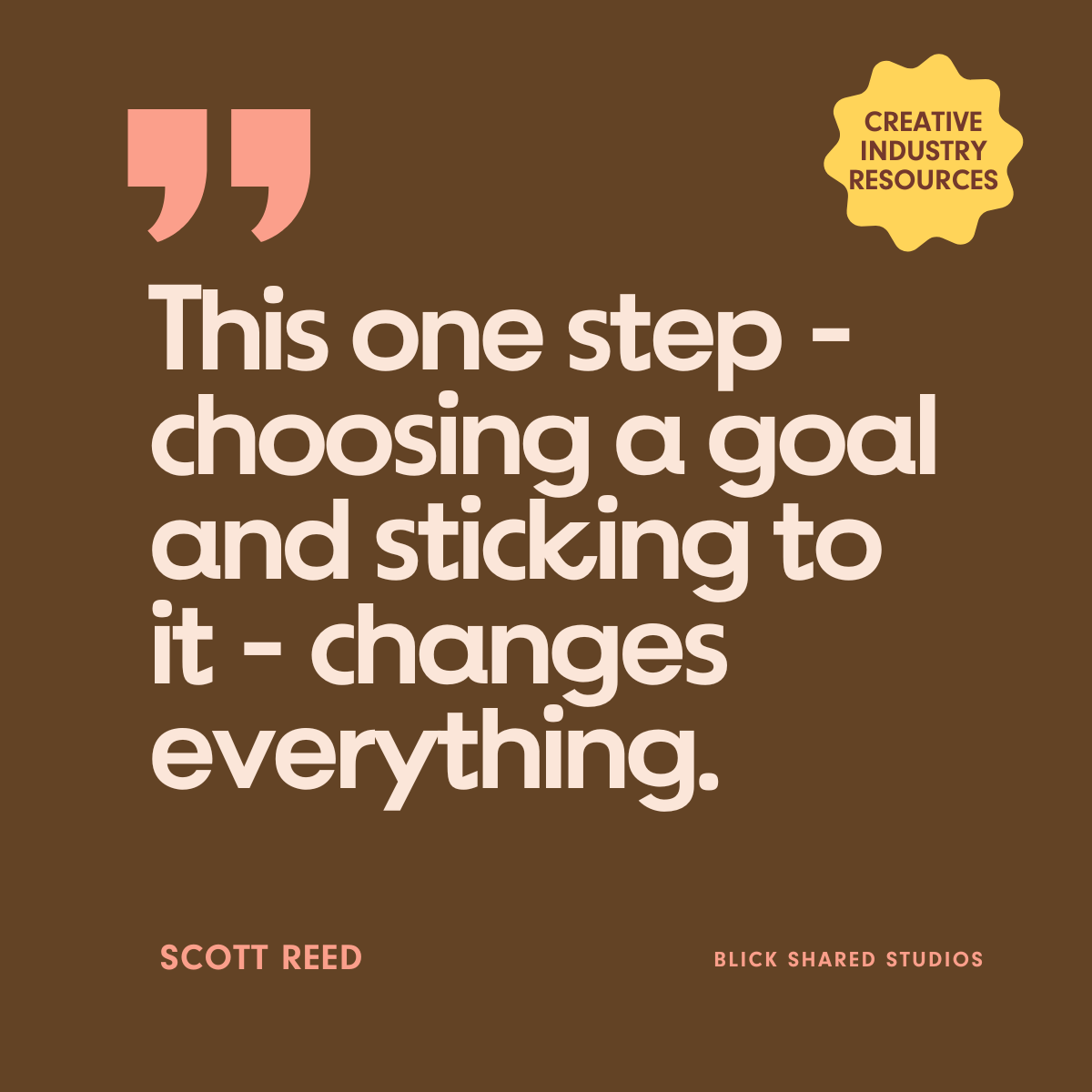
Setting goals can give you focus, understand what you want to achieve and help you to stay inspired and motivated.
What are goals?
A goal is an aim or purpose. Goals are our aspirations. The small actions we take on a daily basis help us create success and achieve our goals. Achieving our goals happens because we make a daily commitment to adapting our behaviours, mindset and habits to work towards creating the change we want. Small, daily consistent changes and regular goal setting can lead to big results over time.
We can set short or long term goals, but to make them most effective, it is better to make them specific and measurable and set goals that :
- Are small, achievable and measurable over time
- Have specific and clear outcomes
SMART Goal Setting Model
The SMART model is one of the most well-known and used models when it comes to goal setting. It has proven highly successful in its use for both individual and group goal-setting.
Here’s what SMART stands for:
Specific – Each goal must be specific and as clearly defined as possible. You can have multiple goals, but each one must be clear.
Measurable – Each goal must also have clearly defined metrics for how it can be measured – either for progress or the end goal
Achievable – It can be easy to get carried away when setting goals, but a goal that is ultimately not achievable will deplete your motivation. Keep goals small and achievable. You can always build on and add to them later.
Relevant – This is where putting some time in to plan your goals can pay off. There’s no point in pursuing a goal that doesn’t add to your core values or ultimate desires for your life. Make sure each goal is relevant to you.
Time-Bound – This links nicely with the achievable step. Make sure you set yourself realistic deadlines for each goal and it’s required steps to keep you focused and motivated.
The SMART model has been widely accepted as the go-to model because it can be applied to simple and complex goals, work goals, personal goals, individual and group goals. It’s a highly adaptable model with a very clear structure that can be used with other planning and business tools to achieve large goals.
“This one step – choosing a goal and sticking to it – changes everything.” Scott Reed
Goals are focused on the future. They’re about a destination or a specific achievement. For example:
– I am aiming to take part in a trade show next spring.
– My goal is to represent Northern Ireland in the Startup World Cup.
You can find downloadable PDF and Word versions of the exercise below
You can find
Goal Setting Template PDF
PDF: 21.67 KBGoal Setting Template Word
Word doc: 77.90 KB
Achieving your Goals
Now you know how goal setting can help you, it’s important to know how to actually set goals and stick with them. There are a number of formal and informal goal setting tools you can use to help you set goals and keep track of, and stay focused on what you’re trying to achieve. For example
1. Journalling
Using a Journal for tracking your goals and smaller daily achievements.
2. Use Your Mobile Phone
Using your mobile phone to set daily reminders or use goal setting apps.
3. Goal Setting Apps and Software
Using goal setting and project management software, tools and apps such as:
Monday – (this is what we use at Blick and we couldn’t survive without it.)
- Clickup
- Wrike
- Hubspot
- Asana
- Trello
4. Motivational Notes and Images
Place motivational notes and posters set around your home or work desk.
5. Visualisation Activities
Using visualisation activities e.g. mindfulness, affirmations and meditation.
6. Friends and Family
Accountability can help, tell friends and family what you’re working towards so they can offer support.
7. Networking Groups and Meet Ups
Joining groups or meet-ups with like-minded people trying to achieve similar goals
